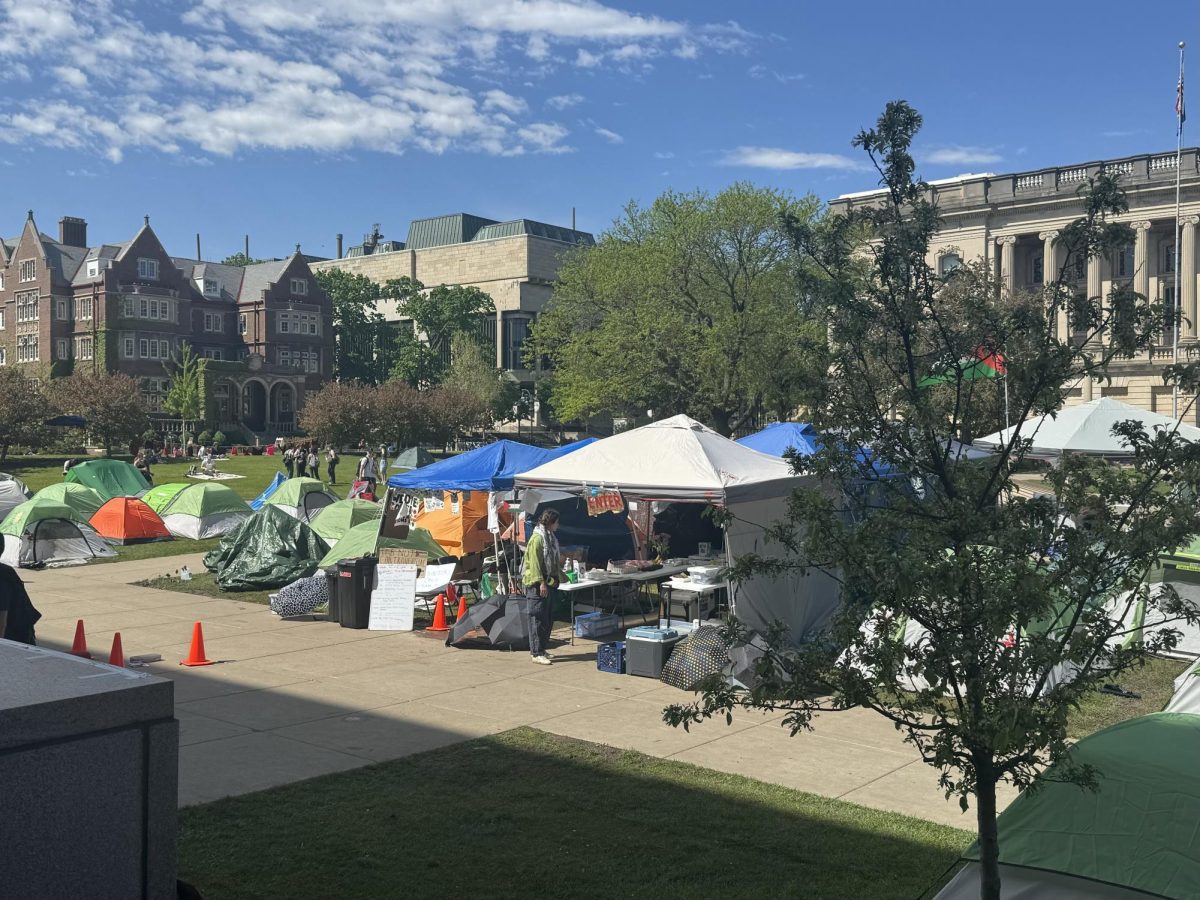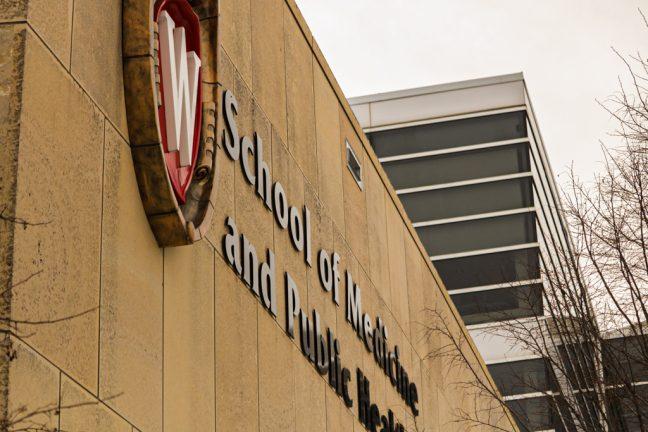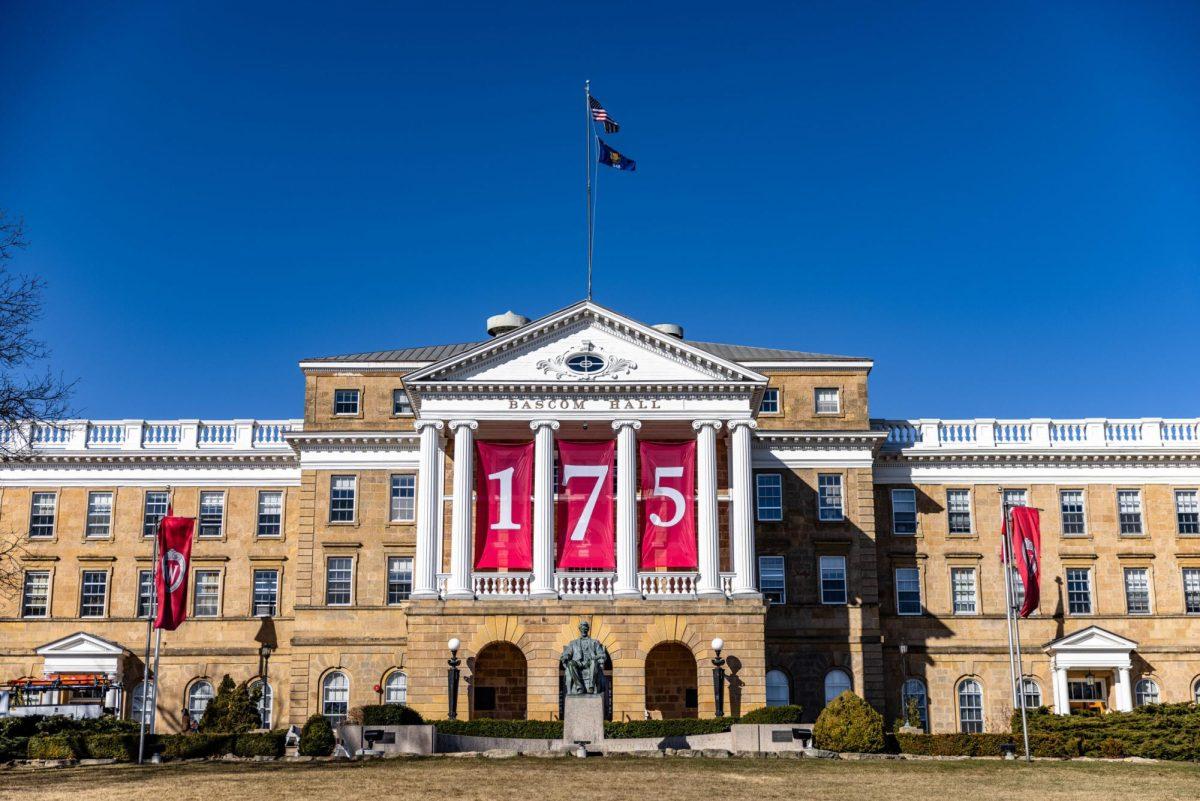The fall 2022 University of Wisconsin staff is the most diverse in its history. Over the past year, 49 people of color joined the faculty in an effort to create a more diverse community for students and staff.
According to Trends in Faculty Diversity Reports, 11% of faculty were racial or ethnic minorities in 1999. According to last year’s report, people of color make up 25% of UW faculty, the most significant increase in any staffing area.
This increase could be due to a multitude of factors, one of which being UW’s program with the state of Wisconsin called the Cluster Hiring Initiative that began in 1998.
The program’s first phase created 50 clusters and provided the opportunity for 150 people to join the faculty. The program’s goals involved addressing current and complex issues through collaborative research and learning across faculty departments, according to its website.
The current phase of cluster hiring, which started in 2017 and will continue until 2023, has contributed to the recent addition of multiple faculty of color, including Amadi Ozier.
Ozier is a new professor at UW researching English Literature in humor and the development of the Black middle class at the turn of the 20th century. Cluster hiring was one of the factors that led Amadi Ozier to UW.
UWPD report shows bias-motivated crimes remain prevalent on campus
“I knew that they were hiring a lot of faculty of color at the time,” Ozier said. “I know for myself being able to produce research with scholars studying very similar things, but are also sharing in similar kinds of experiences, makes the process of working and living in an academic community a lot easier.”
A diverse faculty is equally vital to faculty as it is for students. According to a study from Financial Management, workplace diversity increases creativity and productivity among the staff while also making faculty of color feel welcomed.
“It’s been a lot easier for me to build connections and strong relationships with other faculty because there [are] so many faculty of color here,” Ozier said. “That makes me a better instructor, a better researcher, that makes me happier, et cetera.”
Ozier said a diverse faculty is beneficial not only to faculty, but to students of all backgrounds. A representative teaching staff creates a good role model and enhances students of color and their white classmates’ learning.
Learning from a diverse faculty contributes to a student’s cultural competency or cultural literacy, and the ability to do so fosters more innovative thinking, bigger ideas and a more expansive imagination, according to The Review of Educational Research.
For this reason, Ozier said these results also aid the experiences of white students. Cultural literacy gained from this kind of education also prepares students to enter their professional fields or apply to graduate programs.
“Cultural competency is directly related to your ability to connect with people, and that’s how you get a job, that’s how you succeed at your job,” Ozier said. “So if you are a student who largely participates in monoracial or monocultural environments, you’re not going to have the same capacity to engage with people across cultural differences, right? That’s going to make you a worse nurse, a worse doctor or a worse lawyer.”
Some consider diversity as just the number of non-white students — but it is also about how representative the faculty is for each group. From the Trends in Faculty Diversity Reports, while people of color make up around 30% of the faculty, most racial or ethnic groups within that 30% make up less than 5% of the total faculty.
Jessica Hua, another new member of the UW faculty, is a professor in the Department of Forest and Wildlife Ecology focusing on spreading the message of protecting the environment and providing all students the opportunity to participate.
“You can’t make it one size fits all,” Hua said. “An Asian American is going to be different than a Southeast Asian, who’s going to be different than a Black American. So you have to take the time to understand every group, and once you have that, then you have to be specific about it.”
Growing up as a first-generation student, Hua missed out on specific opportunities because she wasn’t as informed as her peers.
Hua recounted a time studying in the field without the proper gear. The professor assumed everyone would know what to bring, so they had not warned the class. Hua related this to the experiences of many students who face disadvantages because they are unaware of unwritten rules that only people of specific cultures would know.
UHS hosts event in recognition of Domestic Violence Awareness Month
UW freshman Shreya Kakkad articulated similar sentiments on why she believes a diverse faculty is essential to the university and the importance of shared culture between professor and student. While she’s only been at the university for a couple of months, she noted she has enjoyed seeing more diversity in the school’s teaching assistants and its beneficial impact on her.
“I think it makes for a much more comfortable environment, and then it’s also very easy to relate to someone because you share a background,” Kakkad said. “I feel like there’s a lot of things, especially culturally, that don’t need to be said. I think it just makes for a much easier time to have a conversation, make a connection or ask for help.”
A positive learning community comes not just from good instructors but meeting basic needs. Wei LAB Senior Research Associate and author Dr. Shawn Robinson said to thrive in an academic setting, students need to feel belonging, which one can gain from seeing themselves reflected in their instructors.
Kakkad asid the importance of being represented is more than just beneficial to her academically and personally. Faculty of color can become role models for those who they represent to aspire to be or emulate.
“Having someone who is similar to you is very empowering, and I think it gives a little bit more confidence to someone, especially to myself,” Kakkad said. “I can do something because I’ve seen someone else do it. And I see that it’s not only like around and present in our society, but when you see people pushing for it, you feel more motivated and inspired to do something similar for yourself and your community.”


















